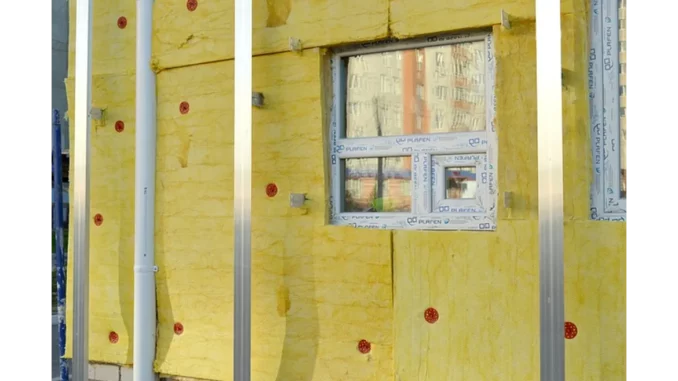
When it comes to energy efficiency in buildings, the term “thermal bridges” might not be part of everyday vocabulary, but it is indeed a critical concept to understand. To shed light on this intricate subject, I had the chance to talk with Emma, an industry expert who has spent over a decade analysing building performance and energy efficiency. She delved into the significance of PSI values and how Focus 360 Energy is at the forefront of helping clients understand and mitigate these weak points in their buildings.
Successful low-energy building design hinges on careful planning. Focus360 Energy can help.
Emma began by explaining the essence of PSI values, which are pivotal in identifying the ‘leaky’ spots in a building’s thermal armour. “PSI values, symbolised by the Greek letter ψ (psi), measure linear thermal transmittance,” she explained. “In simpler terms, they indicate how easily heat flows through linear elements of a building, such as the junctions between walls and floors or around windows. Higher PSI values denote greater heat loss through these junctions, which can lead to energy inefficiency, discomfort, and even issues like dampness.”
The real challenge, according to Emma, lies in those tricky areas where different building elements converge. These corners, edges, and junctions are notorious for being the thermal bridges where heat can escape, despite having thick insulation or high-performance windows. Focus 360 Energy’s service is designed to decode these weak points and provide actionable insights for improvement.
Emma detailed the complexity involved in calculating PSI values. “It’s not as straightforward as measuring the thickness of your insulation,” she noted. “The process involves understanding the thermal properties of various materials, the geometry of the junction, and the environmental conditions surrounding the building. Each material has a unique thermal conductivity, which determines how easily heat passes through it. The calculations consider the conductivity of all materials involved in a junction, including insulation, concrete, brick, and even the air gaps between them.”
She went on to describe how the shape and configuration of the junction play a crucial role. A simple, straight junction between two walls will have a different PSI value than a complex corner detail with multiple materials. “The more intricate the geometry, the more challenging it is to prevent heat loss,” said Emma. “Additionally, environmental conditions such as the temperature difference between the inside and outside of the building, wind speed, and humidity can significantly influence how heat is transferred through the junction.”
To tackle this complexity, specialised software is used to simulate heat flow through these complex junctions. This advanced tool allows assessors to identify areas of high heat loss and provide recommendations for improvement. “The software takes into account the thermal properties of the materials, the geometry of the junction, and the environmental conditions to calculate the PSI value,” Emma explained. “It’s a comprehensive approach that ensures no detail is overlooked.”
So, how exactly can Focus 360 Energy’s expertise benefit clients? Emma highlighted the practical implications. “By accurately calculating PSI values, Focus 360 Energy can pinpoint the exact locations where heat is leaking from your building. This insight is invaluable for making targeted improvements that enhance overall energy efficiency. For instance, they might recommend adding thermal breaks at specific junctions or using materials with lower thermal conductivity in certain areas.”
Moreover, understanding PSI values can lead to better decision-making during the design and construction phases of a building. “Architects and builders can use this information to design junctions that minimise heat loss from the outset, rather than having to retrofit solutions later on,” Emma pointed out. “This proactive approach not only saves energy and reduces costs in the long run but also contributes to a more comfortable and sustainable living environment.”
In conclusion, Focus 360 Energy’s service in decoding PSI values is a game-changer for anyone looking to improve their building’s thermal performance. By leveraging advanced software and a deep understanding of thermal dynamics, they offer clients the tools needed to tackle thermal bridges effectively. As Emma aptly put it, “It’s about building smarter, not just thicker, and ensuring every element of your structure contributes to optimal energy efficiency.”
Find out more at Focus 360 Energy


Be the first to comment